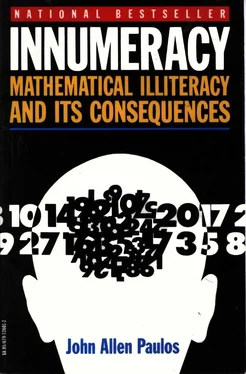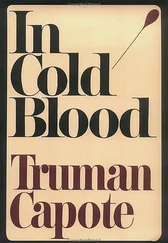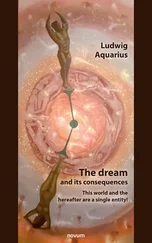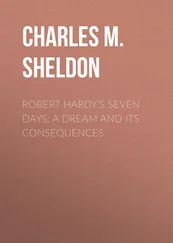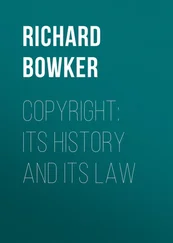The dilemma, again, is that what's best for them as a pair, to remain silent and spend a year in prison, leaves each of them open to the worst possibility, being a patsy and spending five years in prison. As a result, they'll probably both confess and both spend three years in prison.
So what? The appeal of the dilemma has nothing to do, of course, with any interest we might have in women drug traffickers or in the criminal justice system. Rather, it provides the logical skeleton for many situations we face in everyday life. Whether we're businessmen in a competitive market or spouses in a marriage or superpowers in an arms race, our choices can often be phrased in terms of the prisoner's dilemma. There isn't always a right answer, but the parties involved will be better off as a pair if each resists the temptation to double-cross the other and instead cooperates with or remains loyal to him or her. If both parties pursue their own interests exclusively, the outcome is worse than if both cooperate. Adam Smith's invisible hand ensuring that individual pursuits bring about group well-being is in these situations quite paralyzed.
A somewhat different situation is that of two authors who must publicly review each other's book. If they appeal to the same limited audience, there is a certain payoff to panning the other's book while one's own book is praised, and this individual payoff is greater than that resulting from mutual praise, which in turn is greater than a mutual panning. Thus, the choice of whether to praise or to pan is something of a prisoner's dilemma. (I say "something of" because there should be more weighty considerations, such as the merit of the books in question.)
There is an extensive literature on the subject of prisoner's dilemmas. The two-party prisoner's dilemma can be extended to a situation where there are many people, each having the choice whether to make a minuscule contribution to the public good or a massive one to his own private gain. This many party prisoner's dilemma is useful in modeling situations where the economic value of "intangibles" such as clean water, air, and space is an issue.
In another variation, political scientist Robert Axelrod has studied the iterated prisoner's dilemma situation wherein our two women drug traffickers (or businessmen or spouses or superpowers or whatever) meet again and again to make their transaction. Here there is a very compelling reason to cooperate with and not try to double-cross the other party: you're probably going to have to do business with him or her again.
Since, to a considerable extent, almost all social transactions have an element of the prisoner's dilemma in them, the character of a society is reflected in which such transactions lead to cooperation between parties and which don't. If the members of a particular "society" never behave cooperatively, their lives are likely to be, in Thomas Hobbes's words, "solitary, poor, nasty, brutish and short."
BIRTHDAYS, DEATH DAYS, AND ESP
Probability theory began with gambling problems in the seventeenth century, and something of the gaming flavor and appeal clings to it to this day. Statistics began in the same century with the compilation of mortuary tables, and something of its origins sticks to it as well. Descriptive statistics, the oldest part of the subject and the part with which people are most familiar, is at times (though not always) a dreary discipline, with its ceaseless droning about percentiles, averages, and standard deviations. The theoretically more interesting field of inferential statistics uses probability theory to make predictions, to estimate important characteristics of a population, and to test the validity of hypotheses.
The latter notion-statistical testing of hypotheses-is simple in principle. You make an assumption (often, forbiddingly termed the null hypothesis), design and perform an experiment, then calculate to see if the results of the experiment are sufficiently probable, given the assumption. If they aren't, you throw out the assumption, sometimes provisionally accepting an alternative hypothesis. In this sense, statistics is to probability as engineering is to physics-an applied science based on a more intellectually stimulating foundational discipline.
Consider this example, in which the unexpected outcome of a simple statistical test is warrant enough to reject a common and seemingly obvious hypothesis: that people's birthdays and death days have no relation to each other. Specifically, it's natural to assume that approximately 25 percent of the deaths in a given community will occur within a three-month period following the decedents' birthdays (and 75 percent during the other nine months).
Surprisingly, however, a random sample of 747 death notices published in Salt Lake City, Utah, newspapers during 1977 indicated that 46 percent of the decedents surveyed died within the three-month period following their birthdays. Given the null hypothesis in question, that approximately 25 percent of the decedents would have died in the three-month interval after their birthdays, the probability that 46 percent or more would die during these intervals can be computed to be so tiny as to be practically zero. (We must consider the alternative hypothesis to be that 46 percent or more would die, and not that exactly 46 percent would die. Why?)
Thus, we can reject the null hypothesis and tentatively accept that, for whatever reason, people do seem to wait until their birthdays to die. Whether this is due to the desire to achieve another milestone or to the trauma of the birthday ("Oh, my God, I'm ninety-two!"), it seems clear that a person's psychological state is a factor affecting when he will die. It would be interesting to see this study replicated in a different city. My guess is that the phenomenon is more pronounced among very old people, for whom a last birthday may be the only kind of significant achievement within reach.
To illustrate the important binomial probability model, and to provide a numerical example of a statistical test, imagine the following miniature test for ESP. (This is one of the passages I mentioned that may be easily ignored.) Assume that one of three possible symbols chosen at random is placed under a piece of cardboard and the subject is asked to identify it. Over the course of twenty-five such trials, the subject correctly identifies the symbol ten times. Is this enough evidence to warrant rejecting an assumption that the subject does not have ESP?
The answer lies in determining the probability of doing this well or better by chance. The probability of making exactly ten correct guesses by chance is ( 1/ 3) 10(the probability of answering the first ten questions correctly) x ( 2/ 3) 15(the probability of answering the next fifteen questions incorrectly) x the number of different ten-question collections of the twenty-five-question test there are. This latter factor is needed, since we're interested in the probability that ten questions are answered correctly, not necessarily the first ten. Any collection of ten correct responses and fifteen incorrect responses is acceptable and has the same probability, ( 1/ 3) 10x ( 2/ 3) 15.
Since the number of ways of choosing ten out of twenty-five is 3,628,800 [(25 x 24 x 23… 17 x 16)7(10 x 9 x 8 x… 2 x 1)], the probability of guessing correctly some ten out of twenty-five is 3,628,800 x ( 1/ 3) 10x ( 2/ 3) 15. Similar calculations can be performed for eleven, twelve, thirteen, up to twenty-five correct responses out of twenty-five, and if these probabilities are added up, we get the probability of guessing at least ten out of twenty-five by chance-about 30 percent. This probability is not even close to being sufficiently low to warrant rejecting our assumption of no ESP. (Sometimes the outcomes are more difficult to dismiss probabilistically, but in these cases there have always been flaws in the experimental design which have provided the subject with cues.)
Читать дальше
